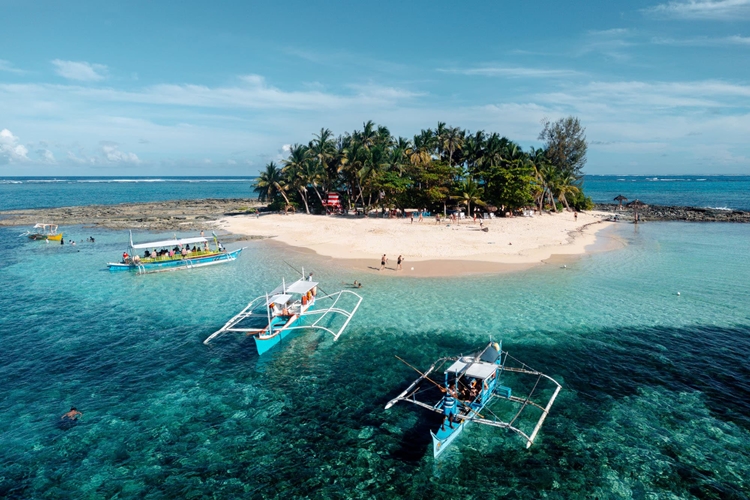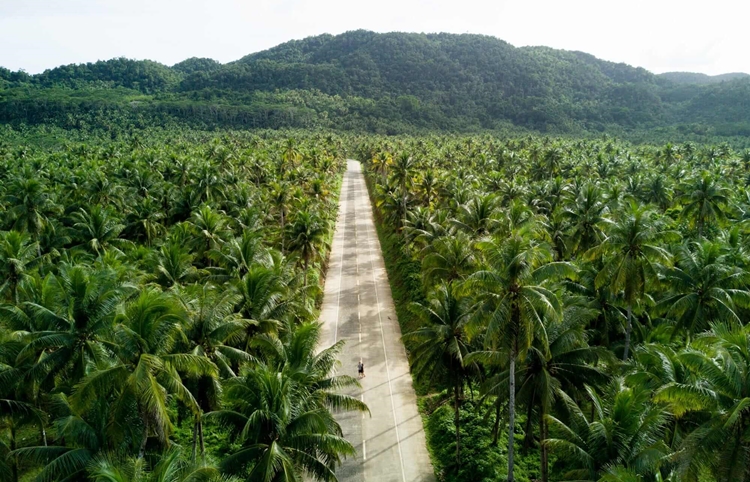DOTr Investigates Why Siargao Roundtrip Fares Have Reached ₱30,000
The Department of Transportation (DOTr) is investigating why roundtrip airfares to local tourist destinations like Siargao have reached as high as ₱30,000.
Transportation Secretary Vince Dizon expressed concern, noting that it is sometimes cheaper to fly abroad, such as to Japan, than to travel within the Philippines. He questioned why a Siargao roundtrip ticket can cost between ₱25,000 and ₱30,000.
Dizon will lead a meeting on August 26 with local airlines to find out why fares remain high despite lower fuel surcharges. He emphasized that the government wants to identify ways to make flights more affordable, especially with the holiday season approaching, when more Filipinos are expected to travel. The meeting will include representatives from the Association of Air Carriers of the Philippines, along with the heads of the Civil Aeronautics Board (CAB) and the Civil Aviation Authority of the Philippines.

The CAB recently set the fuel surcharge at Level 4, capping fees at ₱117 to ₱342 for domestic flights and ₱385.70 to ₱2,867.82 for international trips. Just last July, the surcharge was reduced to Level 3, the lowest in history, yet ticket prices continued to rise. Dizon said this is unreasonable, considering that airlines should have benefited from lower operating costs.
This is not the first time the DOTr has raised concerns over ticket prices. In June, the agency fined AirAsia Move ₱6 million for offering Tacloban flights at nearly ₱39,000 one way. Although the company later corrected its system, Dizon stressed that such pricing was unacceptable and noted that the government had even considered stronger penalties.

The meeting will take place just before the scheduled increase in passenger service charges at Ninoy Aquino International Airport (NAIA) this September. Under a new management plan, terminal fees will gradually rise every five years to help fund the ₱170.6-billion airport rehabilitation project. Starting September, fees will increase to ₱950 for international departures and ₱390 for domestic flights.
Meanwhile, major carriers like Cebu Pacific and Philippine Airlines (PAL) reported higher expenses this year. Cebu Pacific’s costs rose 21 percent to ₱55.42 billion, mostly for flights and maintenance, while PAL’s expenses grew 5 percent to ₱84.65 billion due to servicing and traffic-related costs.
